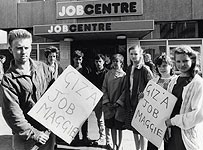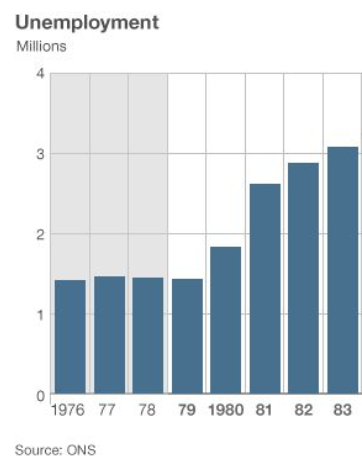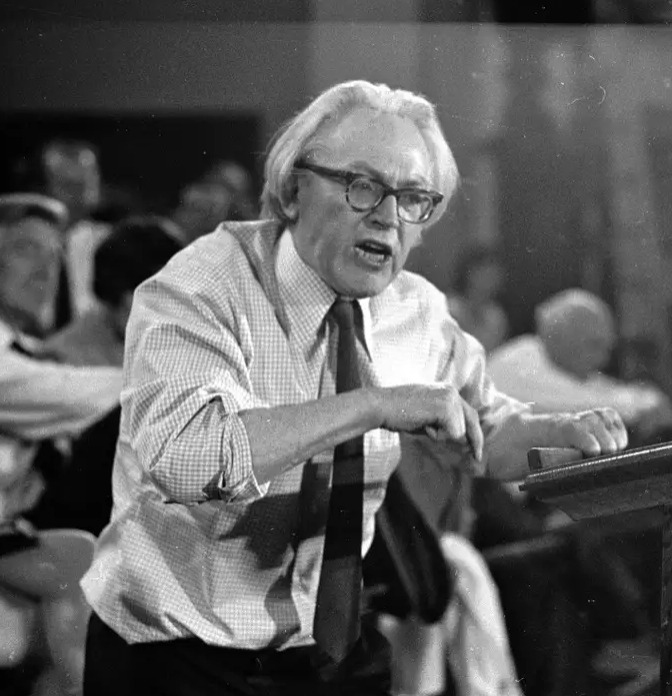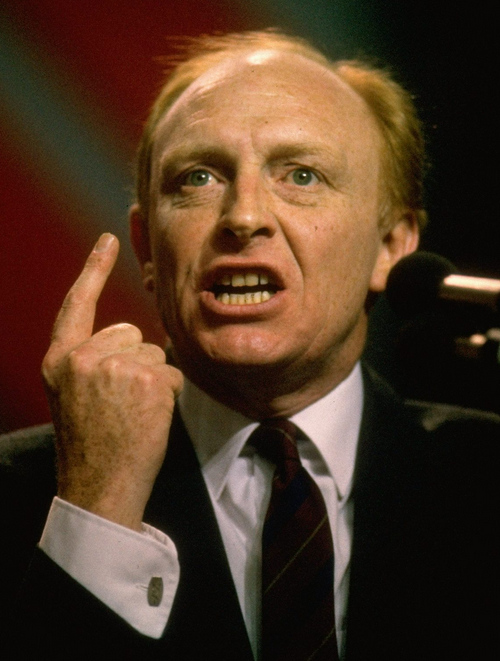The United Kingdom in 1983
Britain is in the hands of Margaret Thatcher’s Conservative government riding high on the spoils of its victory over Argentina in the Falklands War of 1982; the post-war euphoria masking to a degree the significant sense of unrest at rapid social change as Britain’s 1970s socialist, union-driven economy transitioned to a more market-led capitalist one. The opposition Labour party is at its lowest ebb – after decimation in the 1982 elections under a hard-left socialist leader, Michael Foot, it has one month ago elected a new leader, Neil Kinnock, who is undertaking a vicious and bruising battle with the hard-left Militant Tendency within the party.
The one thing which the post-Falklands bump does not affect though is the ongoing terrorist campaign of the Provisional IRA against the United Kingdom, with 1982 seeing two of the largest bombing atrocities on the mainland, in Hyde Park and Regent’s Park.
Unemployment in the UK had never been higher by this point, and running at nearly three million; organised labour is restive and already the seeds are being sown for the confrontations between the unions and the government to come. For now though, those who have jobs are the lucky ones and many skilled workers are “on the dole”.
The “special relationship” between the UK and the US will never be so strong again as it is between Ronald Reagan and Margaret Thatcher and this is a golden age of military, political and diplomatic co-operation between the two nations. Not even the 1983 US invasion of Grenada, a Commonwealth country whose head of state was Elizabeth II, managed to dent the alliance.



